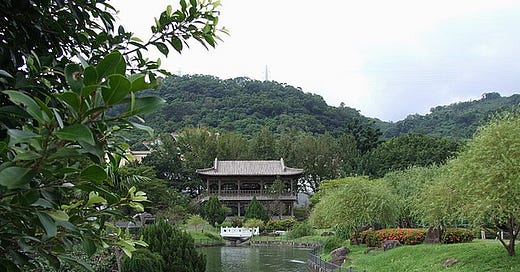In the garden, shakkei 'borrows scenery' to frame, as would a photographer
As someone who likes to garden, one of the more delightful concepts I recently learnt about is shakkei. Malaysian writer Tan Twan Eng’s novel The Garden of Evening Mists mentions this technique, which isn’t really a design principle so much as a philosophy.
Shakkei, a Chinese word, literally means “borrowed scenery”. First appearing in a 17th century garden treatise Yuanye, it is about learning how to see and how to show.
The gardener uses shakkei to embed their garden in the landscape. Either the gardener borrows a distant feature — a mountain, a lake — or an adjacent one — say, the building next door. They could look upward to the clouds and stars or downwards to rocks and ponds. What they create is a garden that is indivisible from the place in which it exists. It is about ecological holism but also about composition and framing, as in a photograph.
In the novel, an absent character whose prese…
Keep reading with a 7-day free trial
Subscribe to This Week, Those Books to keep reading this post and get 7 days of free access to the full post archives.





